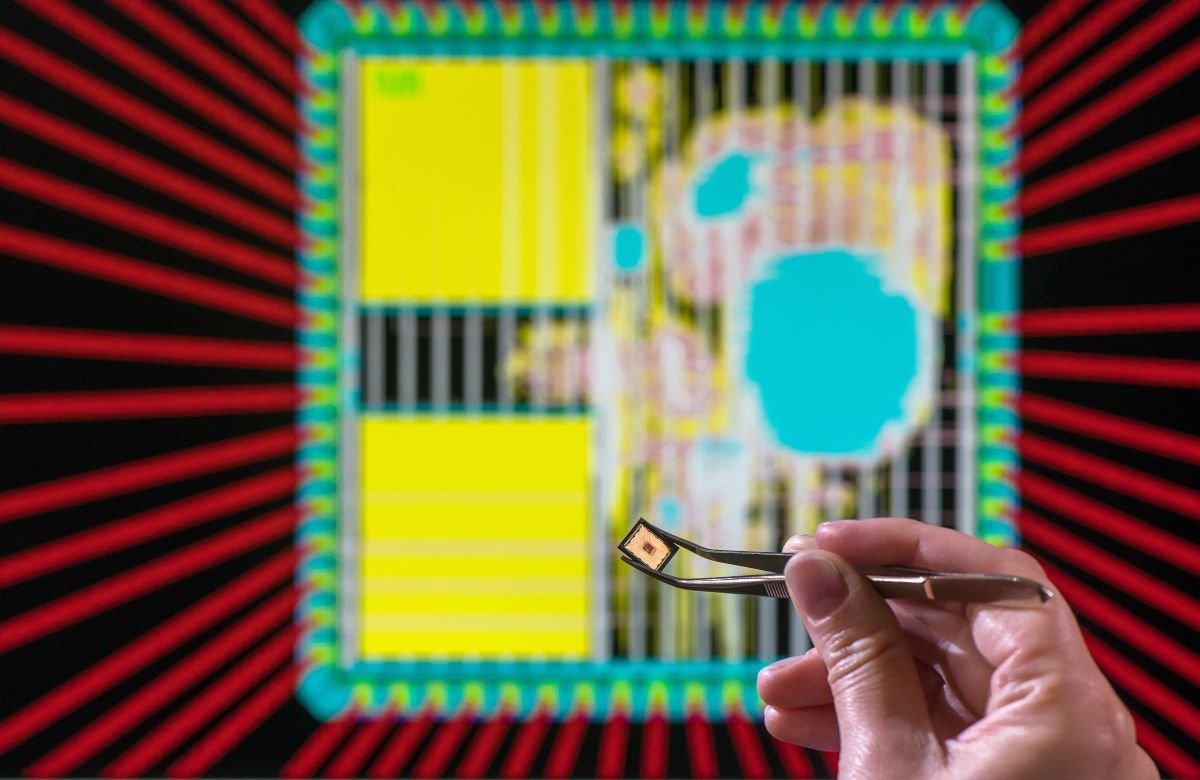

The researchers have developed a chip that integrates 4 hardware-based Trojans, which they hope to use to help them study and develop effective strategies to reverse these hardware-based attacks. Designed by scholars at the Technical University of Munich (TUM), the chips are intended to effectively incorporate post-quantum cryptography, in light of the fact that quantum computers are expected to make current encryption algorithms absolutely superfluous. The chip, which has been approved for production, is a milestone as it successfully solves the problem of high processing power required by post-quantum encryption methods. “Ours is the first post-quantum cryptography chip based entirely on a hardware/software co-design approach. As a result, it's about ten times faster when encrypted with Kyber, one of the most promising contenders for post-quantum cryptography, compared to chips that rely entirely on software solutions. It also consumes about 8 times less energy and is almost as flexible”, explains Georg Sigl, Master of Information Technology Security, who leads the TUM research team.